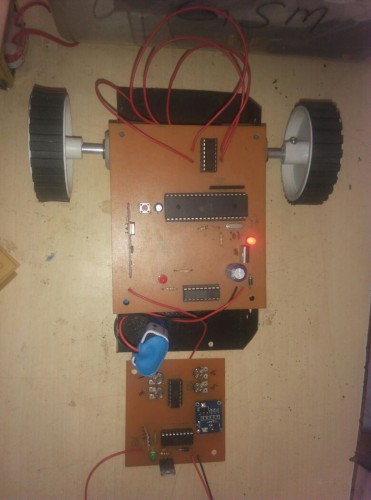Description
This project is designed using triac. The circuit is design for supplying a single-phase a.c. induction motor with varying A.C voltage. The same as in triac control, the voltage applied to the load can be varied from zero to maximum value. On the other hand, it uses a pulse width modulation technique (PWM), and when compared with the phase angle control used for triacs, produces much lower high order harmonics. Thus, it suits EMC/EMI regulations much better. Because the circuit is aimed at low-cost, low/medium-power applications, it does not use a conventional converter topology to produce the output voltage waveform. It directly modulates the mains a.c. voltage. Compared with costly converter, it requires a lower number of active and passive power components. In summary, the device attempted here takes advantage of both the low price of the phase angle control and the low harmonic content and high efficiency that we can get with standard converter topology. The drive uses a PWM controlled MOSFET and the load in series with a bridge rectifier. This drive based on this new control technique is targeted for use in consumer and industrial products: washing machine, dishwashers, ventilators, compressors, and wherever the system cost is a consideration.
The input terminals of the rectifying bridge are connected in series to the load. The output terminals (rectified side) has a power transistor (IGBT, MOSFET or bipolar) connected across them. When the power transistor is off, current cannot flow through the rectifying bridge and the load which is in series remains in an off-state. When the power transistor is on, the bridge output terminals are short-circuited, then current can flow through the rectifying bridge and thus through the load. Thus by changing the duty cycle of the PWM pulses the power to the load is controlled. Special care is taken in the circuit such that the PWM pulses are synchronized with the supply phase by zero voltage sensing points.
